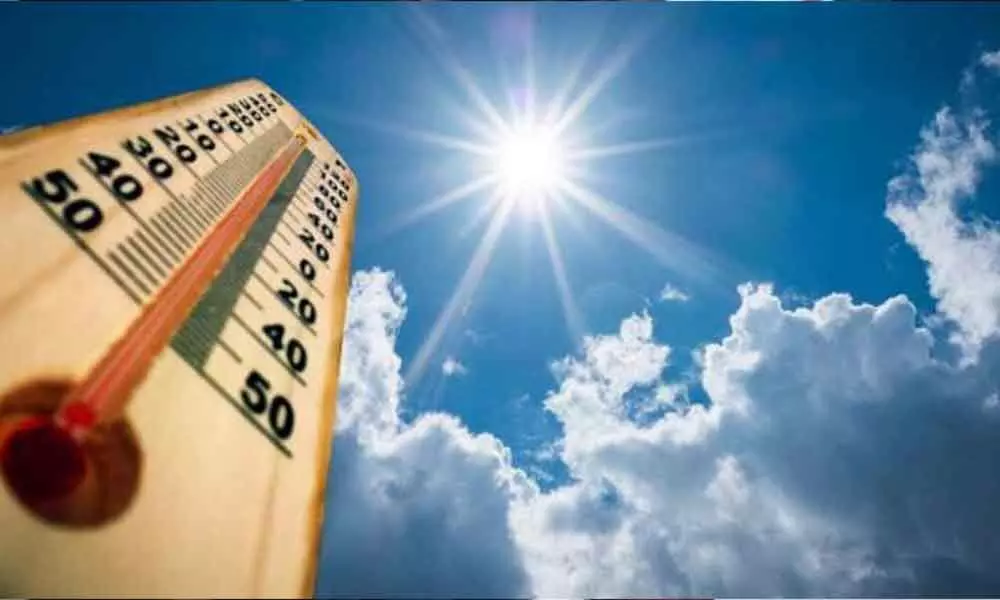Live
- ‘Drinker Sai’ teaser: Attracts youth
- Netflix Outage in India and US Ahead of Tyson vs Paul Match
- Police Intensify Investigation into Lagacharla Attack on Officers; Eight More Detained
- Google Docs Introduces AI-Powered Clip Art Generator with Gemini
- LIC sets up stall at India Int’l Trade Fair
- Celebrating journalism and its role in society
- Supporting emotional well-being in children
- Govt plans 1 mn sq km oil exploration by 2030
- Empowering the future through quality education
- M4 MacBook Pro: Quantum Dot Display Enhances Colour and Motion Performance
Just In
Most cities in India turning into urban heat islands: Study


A team of researchers from IIT Kharagpur has found that most cities in the country are turning into "urban heat islands" in all seasons during day and night, officials said.
Kolkata: A team of researchers from IIT Kharagpur has found that most cities in the country are turning into "urban heat islands" in all seasons during day and night, officials said. In their study, researchers from Centre for Oceans, Rivers, Atmosphere and Land Sciences (CORAL) of IIT-KGP and its Architecture and Regional Planning department showed that most big cities in the country with population more than one million have recorded rise in mercury level during daytime while showing an increasing trend in the night hours.
The study, 'Anthropogenic forcing exacerbating the urban heat islands in India', noted that the relatively warmer temperatures in urban areas, compared to suburbs, have potential health hazards due to heat waves apart from pollution, an IIT-KGP statement said on Friday. "Our research is a detailed and careful analysis of urban heat islands of India, which is the difference between urban and surrounding rural land surface temperatures, across all seasons in 44 major cities from 2001 to 2017," Professor Arun Chakraborty, one of the researchers, said.
He further said, "For the first time, we have found evidence of mean daytime temperature of Surface Urban Heat Island (UHI Intensity) going up to 2C for most cities, as analyzed from satellite temperature measurements in monsoon and post-monsoon periods." In Kolkata, Pune and Guwahati where the urban areas are surrounded by large green cover in suburban regions, there is "an enhanced cooling effect on the surface" in suburban areas during daytime as against cities in arid regions, the researchers said.
"Evidence from our study suggests that more green spaces within the city and its boundary could reduce the temperature in the city and its neighbourhood," co-author of the paper Prof. Jayanarayanan Kuttippurath said. Conservation of water bodies and expansion of green areas in and around cities could be an effective strategy to curb the effects of urban heat islands, he said. The construction of buildings and infrastructure with eco-friendly materials could also prove to be crucial to mitigate the effects of heat islands, he said.

© 2024 Hyderabad Media House Limited/The Hans India. All rights reserved. Powered by hocalwire.com






